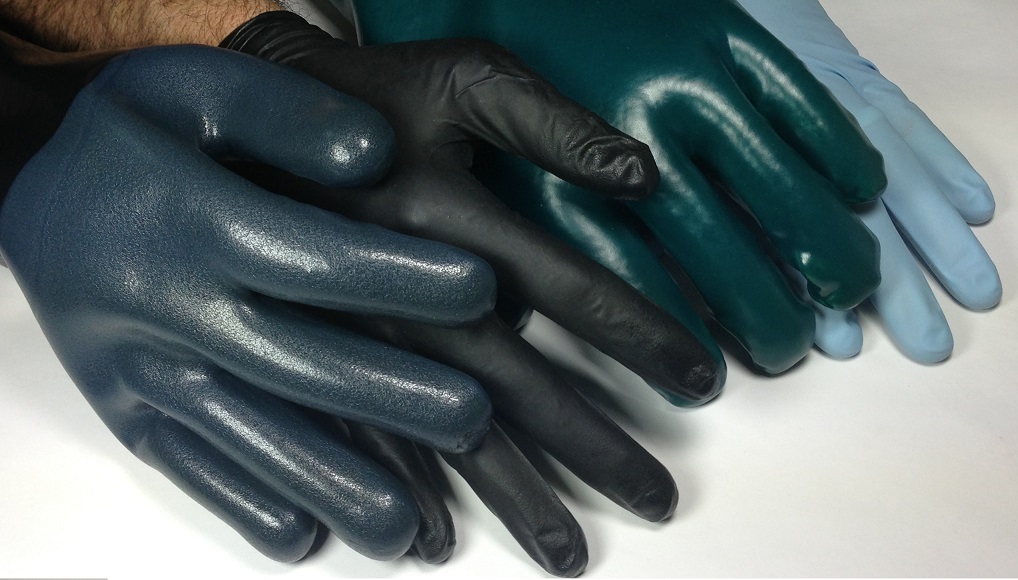ENSO Plastics’ lead researcher will make a major announcement for latex and rubber waste at this year’s International Latex Conference.
Mesa, AZ — (SBWIRE) — 07/17/2013 — The increasing amount of landfilled rubber and latex waste is an imperative concern for government entities and environmentalists worldwide. Teresa Clark, researcher for ENSO Plastics will be presenting “Advancements in Rubber and Latex Disposal – Biodegradation and the Environment” at this year’s International Latex Conference, July 23-24 in Akron, Ohio.
Revealed at the conference will be the groundbreaking development, ENSO RESTORE™ RL; a revolutionary technology that accelerates the natural biodegradation of synthetic rubber in landfills, as well as an unexpected discovery about natural rubber that may change the entire rubber industry.
Biodegradable plastics have been the big hitter in the past 10 years, with various compostable plastics such as PLA, PHA, Starch, and ENSO RENEW™; as well as products like ENSO RESTORE™ that enhance the biodegradation of traditional plastics. However the rubber industry has produced little technological advancements regarding environmental remediation, until now.
The research break-through that lead to the development of ENSO RESTORE™ RL issues in a new age of rubber, one that focuses on the environmental disposal. ENSO RESTORE™ RL is a unique material that increases the biodegradation of synthetic rubber within natural microbial and municipal landfill environments. Independent laboratory testing shows nitrile treated with ENSO RESTORE™ RL biodegrading 16.9% in the first 20 days compared to Nitrile showing no biodegradation during the same time period. Similar accelerated biodegradation results are seen in polychloroprene, polyurethane and other synthetic materials when treated with ENSO RESTORE™ RL.
As a society it is crucial that we address the huge amount of rubber waste going into landfills. Plastics have traditionally received most of the attention regarding waste with programs such as recycling, biodegradable, compostable and renewable solutions being offered. Unfortunately rubber waste, although just as important, has not received the same attention.
ENSO Plastics™ is committed to addressing the environmental impact of rubber and plastic waste and continues to lead the market with products that solve plastic waste issues with products like ENSO RENEW: A compostable, marine degradable and renewable biopolymer; and ENSO RESTORE: A family of products that accelerate the biodegradation of polyester, polypropylene, polyethylene, PVC, rubber and other materials.
About ENSO Plastics™
ENSO Plastics, LLC is an environmental plastics solutions company with proprietary biodegradable and biobased solutions, bringing to market cost competitive cutting-edge solutions to meet the market demands of sustainability, home or industrial compostability, landfill biodegradability, marine degradability and recyclability.
ENSO Plastics’ mission is to solve the global plastics pollution issue by bringing the best technologies to market, finding solutions with the greatest and most productive impact for the plastics industry and providing answers that can be trusted to integrate seamlessly – a platform that companies can stand behind with confidence.
Learn more about ENSO Plastics technologies visit us at https://ensoplastics.com or call (866) 936-3676 or +00-1-602-639-4228.
http://www.sbwire.com/press-releases/researchers-unveil-new-solution-for-rubber-waste-283962.htm









 egradable diapers are disposable diapers made with PLA plastic. The name biodegradable makes it seem like you can throw them in the trash and they will biodegrade in a landfill but because of the lack of oxygen, this would take a very long time to occur. Biodegradable diapers are compostable in industrial compost, so if you unable to send these diapers to a industrial compost, you are only getting other benefits that the diapers may offer depending on the brand such as (lack of chemical(s) used)
egradable diapers are disposable diapers made with PLA plastic. The name biodegradable makes it seem like you can throw them in the trash and they will biodegrade in a landfill but because of the lack of oxygen, this would take a very long time to occur. Biodegradable diapers are compostable in industrial compost, so if you unable to send these diapers to a industrial compost, you are only getting other benefits that the diapers may offer depending on the brand such as (lack of chemical(s) used)